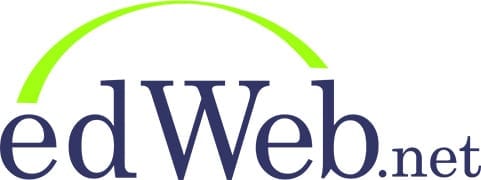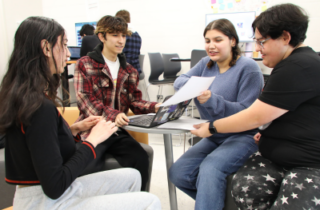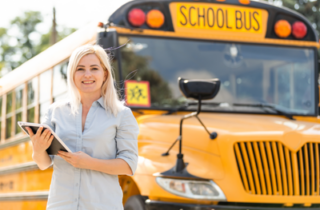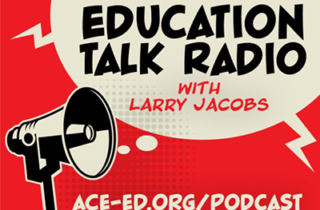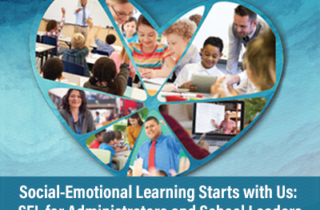edWeb.net is excited to announce that Digital Promise’s Center for Inclusive Innovation has launched Inclusive Innovation to Transform Education, a free professional learning community on edWeb.net where educators can share ideas, research, and practices to foster the creative ingenuity of schools working in partnership with communities to create equitable, powerful learning opportunities for historically and systematically excluded students.
edWeb.net, an award-winning professional learning network and a leader in best practices for virtual professional learning, is now offering a School District Membership. edWeb will help school districts create a private professional learning hub on edWeb.net for communication and collaboration and as a resource for teachers and all staff to have more choice and flexibility in how they earn their PD hours.
It’s more important than ever to equip students with the tools they need to succeed in a rapidly evolving work world. Creativity, flexibility, communication, and problem solving are among the most highly touted skills in the workplace today, yet they are often left out of the traditional K-12 curriculum.
edWeb announces the launch of the edWeb Voice, a new publication featuring the voices of education leaders on important topics in education.
For the last decade, school districts have been struggling with teacher attrition rates, as the average “burnout” rate for incoming teachers has been approximately five to seven years. While state and local education agencies have been working on various strategies to get more teachers in the classroom, a new crisis has emerged: attrition in educational leadership.
Reinventing Professional Learning to Provide More Choice, Flexibility, Equity, and Work/Life Balance
In this Education Talk Radio interview on “Re-inventing Professional Learning to Provide more Choice, Flexibility, Equity, and Work/Life Balance,” host Larry Jacobs talks with Lisa Schmucki, the Founder and CEO of edWeb.net, and Larry Cocco, Senior Professional Learning Consultant for edWeb.net, about innovative ways that school districts are reinventing professional learning—for teachers, paras, and for all staff.
Developing good educator-family relationships seems like a daunting task. After all, teachers can have anywhere from 25-75 students across their classes, and the ratio for guidance counselors and administrators could be as high as 500:1. But engaging families and creating true partnerships with them results in better outcomes for everyone.
Research has shown that social-emotional learning (SEL) increases academic achievement, improves behavior, and contributes to the overall sense of well-being for students and teachers. However, we can’t teach what we don’t know, and so for that reason, SEL starts with adults.
Research shows that strong relationships with families optimize student progress. Luckily, family involvement is an essential element of Multi-Tiered Systems of Support (MTSS) that helps parents and caregivers support their children’s academic journey.
During the edLeader Panel “Inclusive Technology: Breaking Barriers and Empowering Learners,” prominent education leaders emphasized the critical role of integrating inclusive technology systems within schools. The discussion centered around the unveiling of the Center on Inclusive Technology & Education Systems (CITES) framework, an initiative supported by the U.S. Department of Education’s Office of Special Education Programs.

